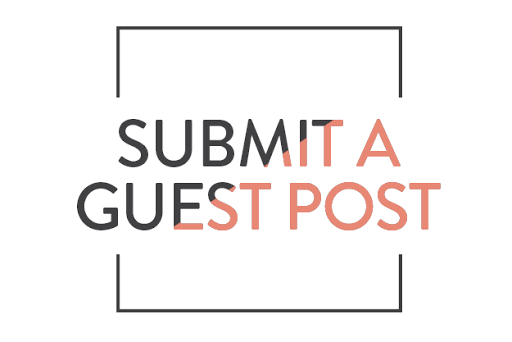Facebook Groups have become a hub for discussions—whether you’re seeking advice, offering support, or sharing personal stories. However, not every post you want to make feels comfortable when your name is attached. That’s where the Anonymous Post feature steps in. It enables users to post content in Facebook Groups without revealing their identity to group members. Whether you want to ask a delicate question, talk about a sensitive topic, or participate without judgment, anonymous posting is a highly useful feature.
In this guide, you’ll learn how to post anonymously in a Facebook group, when it’s appropriate, and why it exists. Let’s dive into using this powerful, privacy-friendly feature.
What Is an Anonymous Post on Facebook?
An anonymous post is a special type of post within a Facebook Group where your name and profile picture are hidden from other group members. Instead, your post appears as made by “Group Member.” Admins and moderators will still be able to see your name, but regular members will not. This feature is especially helpful in groups related to mental health, parenting, relationships, or any other topic that people may find sensitive.
[ai-img]facebook, anonymous, privacy, group[/ai-img]
How to Post Anonymously in a Facebook Group
To write an anonymous post in a Facebook Group, follow these steps:
- Open the Facebook app or website and navigate to the group where you want to post.
- Tap on “Write something…” to create a post like you normally would.
- If the group allows anonymous posts, you’ll see an option labeled “Post Anonymously” at the top or bottom of the create post window.
- Select “Post Anonymously”. A pop-up will explain what happens when you post anonymously. Click “I want to post anonymously” to proceed.
- Compose your post as usual—add text, images, or emojis if desired.
- Click “Post”. Your post will first be reviewed by the group’s admin or moderators before it’s visible to members. Once approved, it will appear as coming from “Group Member.”
Note: If you don’t see the anonymous post option, it could mean that the group admin has not enabled this feature. Only group admins can turn this setting on or off.
How Admins Enable Anonymous Posting
If you run a group and want to allow members to post anonymously, you can enable the feature through the group’s admin tools:
- Go to your group’s Admin Tools.
- Select Settings or Group Settings.
- Scroll to the section called “Features”.
- Find Anonymous Posting and click Edit.
- Toggle the switch to enable anonymous posting.
[ai-img]social media, admin settings, facebook group, online community[/ai-img]
Why Use Anonymous Posting?
There are several scenarios where posting anonymously can be a thoughtful and useful option. Here are a few:
- Discussing sensitive topics: Think mental health, job stress, or relationship issues.
- Seeking honest feedback: You might want opinions without judgment or bias.
- Avoiding social pressure: You can comfortably share your thoughts without tying them to your identity.
This option ensures your privacy while still allowing valuable engagement in group conversations.
Limitations of Anonymous Posting
Although it’s a fantastic feature, anonymous posting does come with some limitations:
- Not available in all groups: Admins must activate this feature.
- Posts are moderated: You may need to wait for admin approval before your post becomes visible.
- Not completely private: Admins and moderators will still see who submitted the post.
These limitations enhance safety and accountability, reducing misuse while protecting your identity from the general group.
Tips for Effective Anonymous Posting
To make the most out of your anonymous posts, keep these tips in mind:
- Be respectful: Anonymity is not a license to break group rules.
- Stay on topic: Make sure your post aligns with the group’s focus.
- Offer context: Since readers don’t know who you are, give enough detail for helpful responses.
Final Thoughts
Posting anonymously in a Facebook Group lets people engage in meaningful conversations without fear of being judged. When used appropriately, it fosters a community built on trust and empathy. Whether you’re a group member needing support or an admin trying to create safe spaces, understanding and utilizing this feature can greatly enhance your social experience.


